Boundaries and assertiveness
I wrote this article ten or so years ago and thought I would share it with the You Revolution Community as boundaries is an issue we have all struggled with from time to time especially with our parents and those to us. We are not taught how to do this at school and I think it should be a mandatory item on the curriculum 🙂
Personal boundaries are guidelines, rules or limits that a person creates to identify for him or herself what are reasonable, safe and permissible ways for other people to behave around him or her and how he or she will respond when someone steps outside those limits. They are built out of a mix of beliefs, opinions, attitudes, past experiences and social learning.
Personal boundaries define you as an individual, outlining your likes and dislikes, and setting the distances you allow others to approach. They include physical, mental, psychological and spiritual boundaries, involving beliefs, emotions, intuitions and self-esteem.
According to Nina Brown, there are four main types of psychological boundary:
• Soft – A person with soft boundaries merges with other people’s boundaries. Someone with a soft boundary is easily manipulated.
• Spongy – A person with spongy boundaries is like a combination of having soft and rigid boundaries. They permit less emotional contagion than soft boundaries but more than rigid. People with spongy boundaries are unsure of what to let in and what to keep out.
• Rigid – A person with rigid boundaries is closed or walled off so nobody can get close to him/her either physically or emotionally. This is often the case if someone has been physically, emotionally, psychologically or sexually abused. Rigid boundaries can be selective which depend on time, place or circumstances and are usually based on a bad previous experience in a similar situation.
• Flexible – This is the ideal. Similar to selective rigid boundaries but the person has more control. The person decides what to let in and what to keep out, is resistant to emotional contagion, manipulation and is difficult to exploit.
While a healthy relationship depends on the emotional space provided by personal boundaries, co dependent personalities have difficulties in setting such limits, so that defining and protecting boundaries efficiently may be for them a vital part of regaining mental health.
There are generally three different ways that people can relate to one another:
1) aggressive
2) passive
3) assertive
Assertive communication involves respect for the boundaries of oneself and others. It involves finding a middle way between aggression and passivity that best respects the personal boundaries of all relationship partners.
Assertive people tend to have the following characteristics:
• They feel free to express their feelings, thoughts, and desires
• They are also able to initiate and maintain comfortable relationships with [other] people
• They know their rights
• They have control over their anger. This does not mean that they repress this feeling; it means that they control anger and talk about it in a reasoning manner.
• Assertive people … are willing to compromise with others, rather than always wanting their own way … and tend to have good self-esteem.
• Assertive people enter friendships from an ‘I count my needs. I count your needs’ position
If setting boundaries is an area you struggle with or if you’d like to know more why not contact me, Karen Deeming to book an appointment on 07950 751352 or info@www.you-revolution.com
[content_block id=1666]
